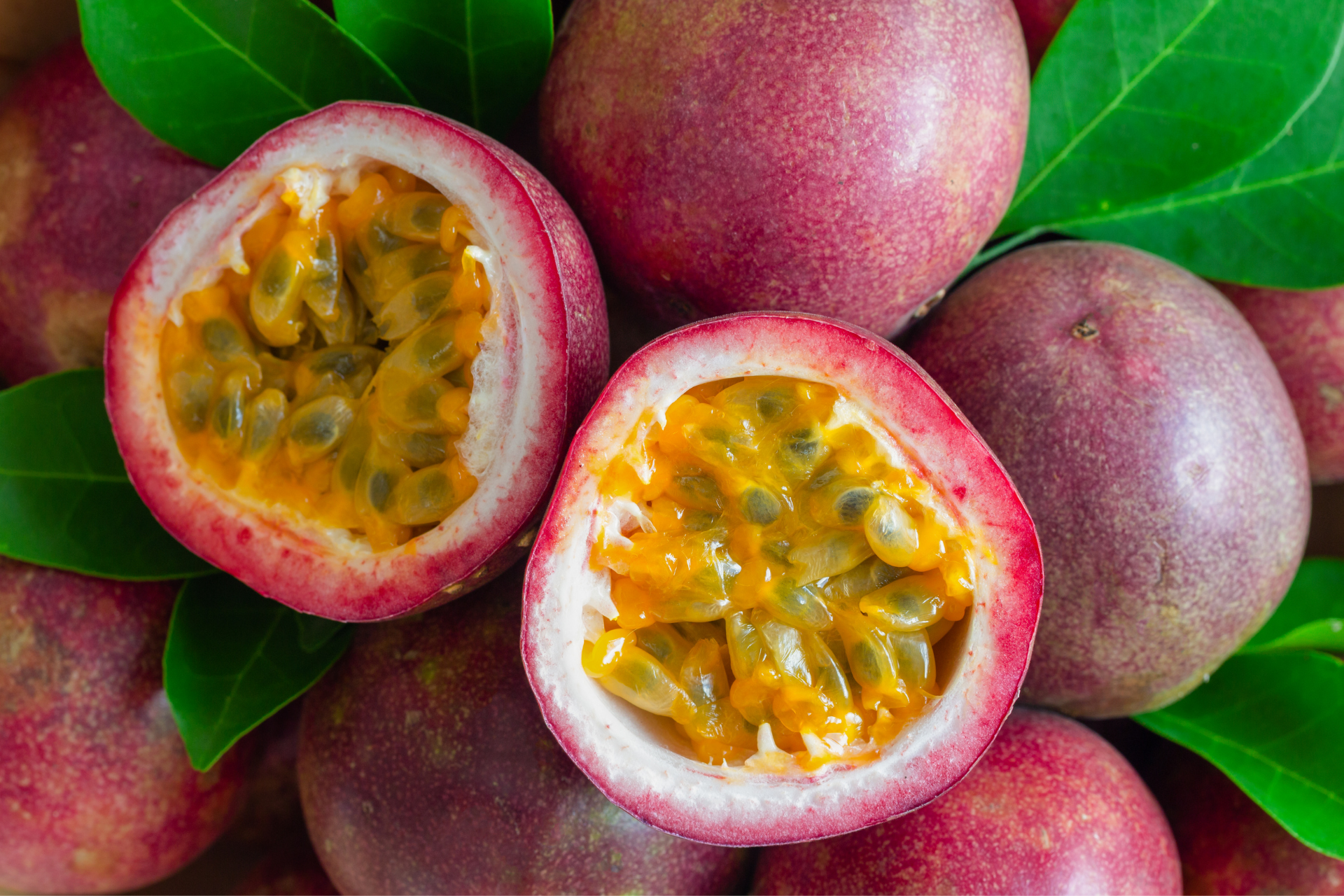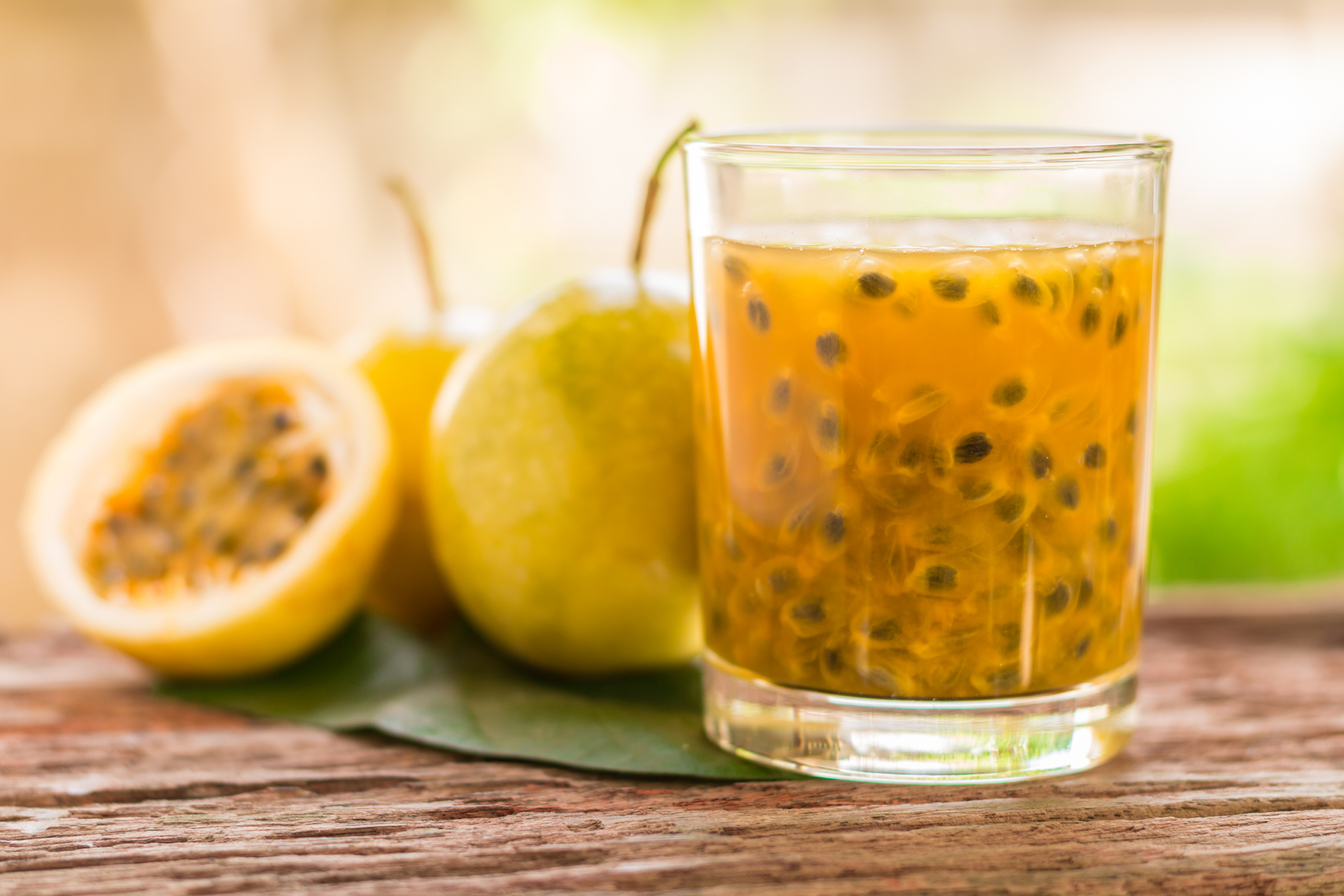PASSION FRUIT
The passion fruit
comes from a climbing plant native to Paraguay, Brazil and northeastern Argentina. This subtropical plant does not tolerate well the cold weather and that is why it is cultivated in warm countries. At maturity, its fruit is a purple berry, 3 to 4 cm in diameter, containing many black seeds, surrounded by edible flesh. There is also a yellow variety called the Maracuya.
purchase guide
Choose a passion fruit that has an odor and is heavy in the hand. When ripe, the skin wrinkles and yields to finger pressure.
OPTIMAL TEMPERATURE FOR CONSERVATION
8 - 10 °C
If the skin of the passion fruit is not yet wrinkled, it means that it is not yet ripe. You can let it ripen at room temperature. When the skin becomes wrinkled, place it in the refrigerator where it will keep for about 1 week.
NUTRITIONAL VALUE
Passion fruit is rich in carotene, vitamin C, minerals and fiber.
HOW TO EAT IT
There are several ways to eat the passion fruit, but the most common way is to cut it in half and eat it raw with a spoon to remove the pulp from the shell of the fruit. It can also be incorporated into our yogurts, jams, desserts or even cocktails. Let your imagination run wild!






